The advertising and marketing landscape is constantly evolving, driven by technological advancements and shifting consumer preferences. Among the most intriguing developments is the emergence of1 AI-generated digital models. These virtual beings, created using sophisticated algorithms and machine learning, are redefining how brands connect with their audiences. By offering unparalleled versatility, cost-effectiveness, and the ability to craft hyper-personalized experiences, AI-generated models are rapidly becoming a powerful tool in the marketer’s arsenal.
Understanding AI-Generated Digital Models
AI-generated digital models are not merely static images or avatars. They are dynamic, customizable entities capable of exhibiting a wide range of emotions, poses, and styles. These models are created using generative adversarial networks (GANs) and other advanced AI techniques, allowing for the creation of photorealistic visuals that are often indistinguishable from real-life models.
The Advantages of Using AI-Generated Models
The allure of AI-generated models stems from the numerous advantages they offer:
- Versatility and Customization: Brands can easily tailor the appearance, style, and persona of AI-generated models to match their specific campaign needs. This level of customization is challenging and expensive to achieve with human models.
- Cost-Effectiveness: AI-generated models can significantly reduce production costs associated with traditional photoshoots, including model fees, travel expenses, and location rentals.
- Enhanced Control: Brands have complete control over the creative process, ensuring that the models perfectly align with their brand’s aesthetic and messaging.
- Hyper-Personalization: AI-generated models can be used to create personalized content for individual customers, enhancing engagement and driving conversions.
- Sustainability: By reducing the need for physical photoshoots, AI-generated models can contribute to a more sustainable and environmentally friendly marketing approach.
- Accessibility: AI-generated models can be designed to represent a wide range of body types, ethnicities, and abilities, promoting inclusivity and diversity in advertising.
Applications in Marketing and Advertising
The applications of AI-generated models in marketing and advertising are diverse and expanding:
- Fashion and E-commerce: Virtual models can showcase clothing and accessories in online stores, providing customers with a realistic preview of how garments will look on different body types.
- Beauty and Cosmetics: AI-generated models can be used to demonstrate makeup and skincare products, allowing customers to visualize the results on their own faces.
- Automotive and Technology: Virtual models can be used to showcase new products and technologies, creating engaging and immersive experiences.
- Virtual Influencers: AI-generated models can be used as virtual influencers on social media platforms, engaging with followers and promoting brands.
- Personalized Advertising: AI-generated models can be used to create personalized advertisements tailored to individual customer preferences.
- Virtual Reality (VR) and Augmented Reality (AR) Experiences: AI-generated models can be integrated into VR and AR experiences, creating immersive and interactive marketing campaigns.
Challenges and Considerations
While AI-generated models offer numerous benefits, it’s essential to address potential challenges:
- Authenticity and Trust: Consumers may have concerns about the authenticity and trustworthiness of AI-generated models. Brands must be transparent about their use of virtual models and ensure that they align with their brand values.
- Ethical Considerations: It is crucial to address ethical considerations related to representation, diversity, and the potential for misuse of AI-generated models.
- Creative Control: Striking a balance between AI-generated creativity and human artistic direction is essential for creating compelling and authentic content.
- Technological Limitations: While AI-generated models are becoming increasingly sophisticated, there are still limitations in terms of realism and emotional expression.
The Future of AI-Generated Models
The future of AI-generated models in marketing and advertising is bright. As AI technology continues to advance, we can expect to see even more sophisticated and realistic virtual models. The integration of AI-generated models with other technologies, such as VR and AR, will create even more immersive and engaging experiences.
Conclusion
AI-generated digital models are transforming the marketing and advertising landscape, offering brands unprecedented levels of versatility, cost-effectiveness, and personalization. By embracing this innovative technology and addressing the associated challenges, brands can create more engaging, inclusive, and effective marketing campaigns.
Frequently Asked Questions (FAQs)
- What are AI-generated digital models?
- AI-generated digital models are virtual beings created using artificial intelligence and machine learning algorithms.
- How are AI-generated models created?
- They are typically created using generative adversarial networks (GANs) and other advanced AI techniques.
- What are the benefits of using AI-generated models in marketing?
- Versatility, cost-effectiveness, enhanced control, hyper-personalization, sustainability, and accessibility.
- How can AI-generated models be used in fashion and e-commerce?
- To showcase clothing and accessories on virtual models, providing customers with a realistic preview of how garments will look.
- What are virtual influencers?
- AI-generated models used as influencers on social media platforms to engage with followers and promote brands.
- What are the ethical considerations related to AI-generated models?
- Authenticity, trust, representation, diversity, and potential for misuse.
- How can brands ensure transparency when using AI-generated models?
- By clearly disclosing the use of virtual models in their marketing campaigns.
- Can AI-generated models replace human models entirely?
- While AI-generated models offer numerous advantages, they are unlikely to replace human models entirely, as human models bring unique qualities and emotional depth.
- What is the future of AI-generated models in marketing?
- The future holds more sophisticated and realistic virtual models, integrated with VR and AR experiences.
- How can AI-generated models be used for personalized advertising?
- By tailoring advertisements to individual customer preferences and demographics.
- What are the limitations of AI-generated models?
- Limitations in realism and emotional expression.
- How can AI-generated models contribute to sustainability in marketing?
- By reducing the need for physical photoshoots and travel.
- How can brands ensure diversity and inclusivity when using AI-generated models?
- By creating models that represent a wide range of body types, ethnicities, and abilities.
- What is the role of human creativity in the use of AI-generated models?
- Human creativity is essential for guiding the development and use of AI-generated models to create compelling and authentic content.
- How can brands measure the effectiveness of AI-generated models in their marketing campaigns?
- By tracking metrics such as engagement, conversion rates, and customer feedback.

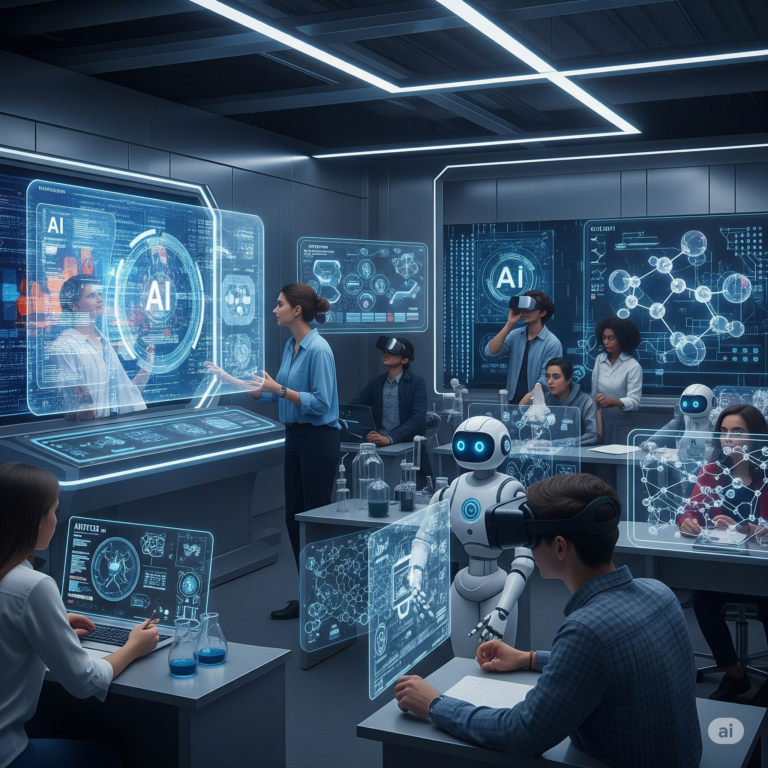
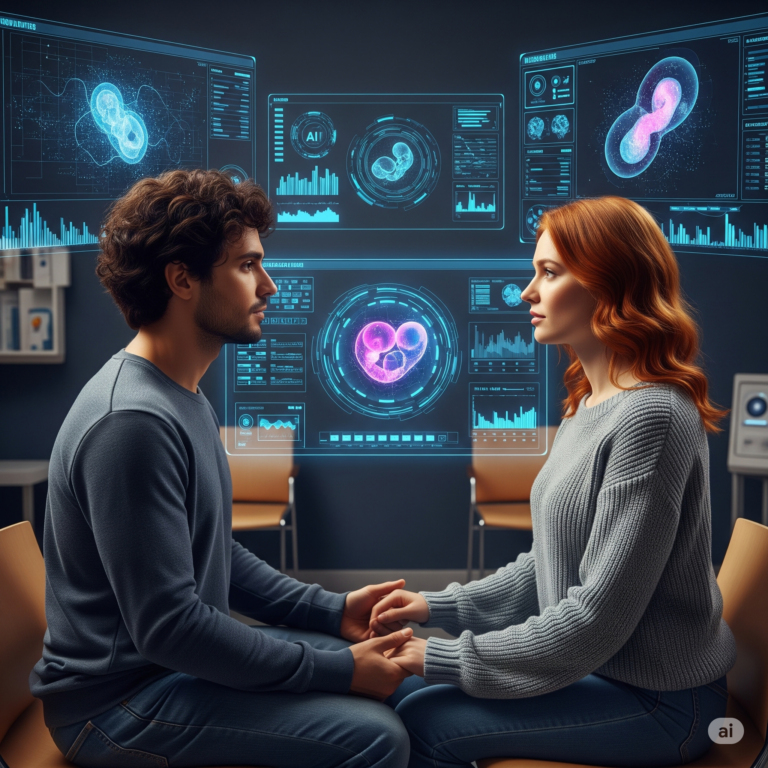
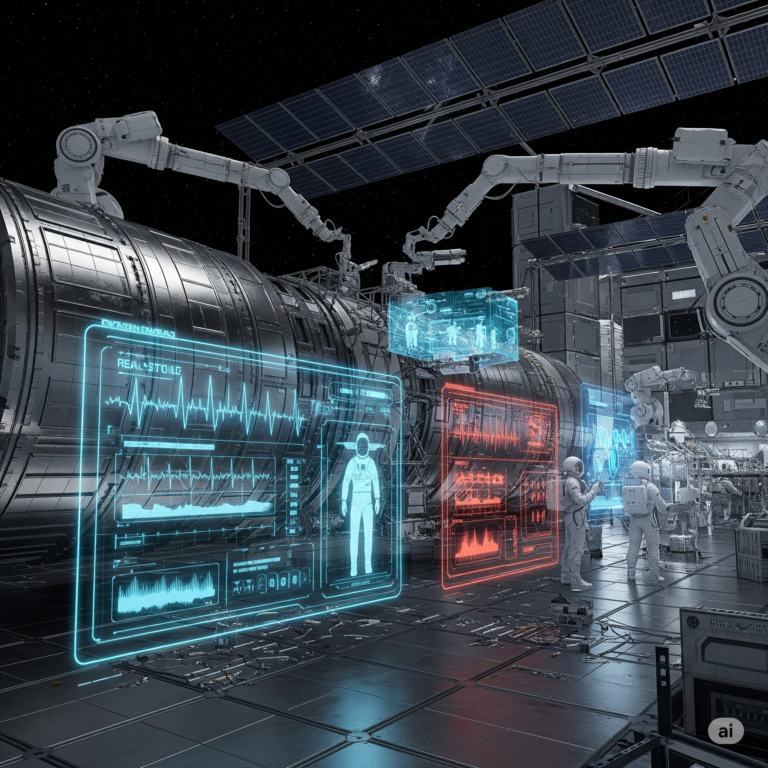
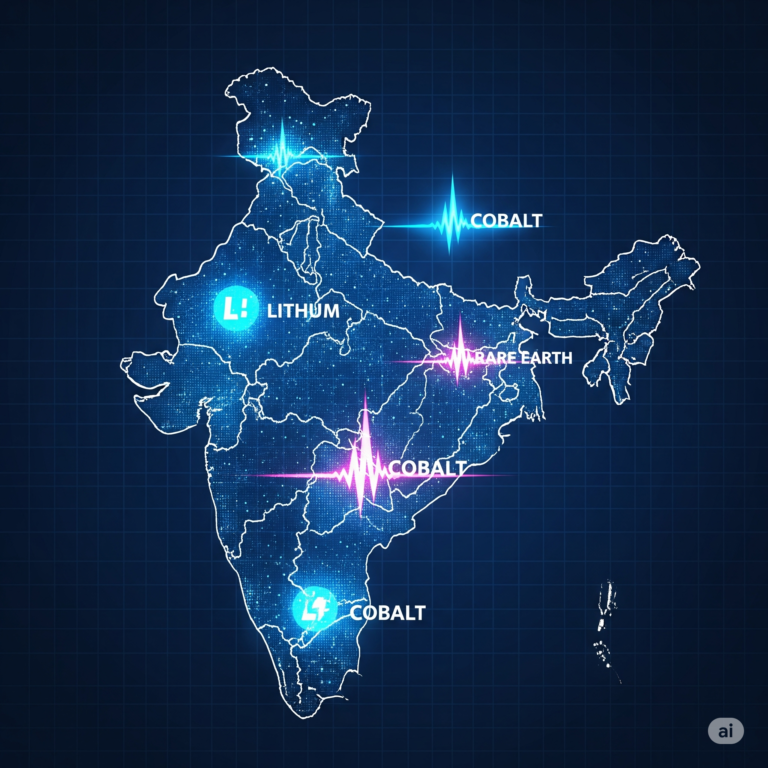
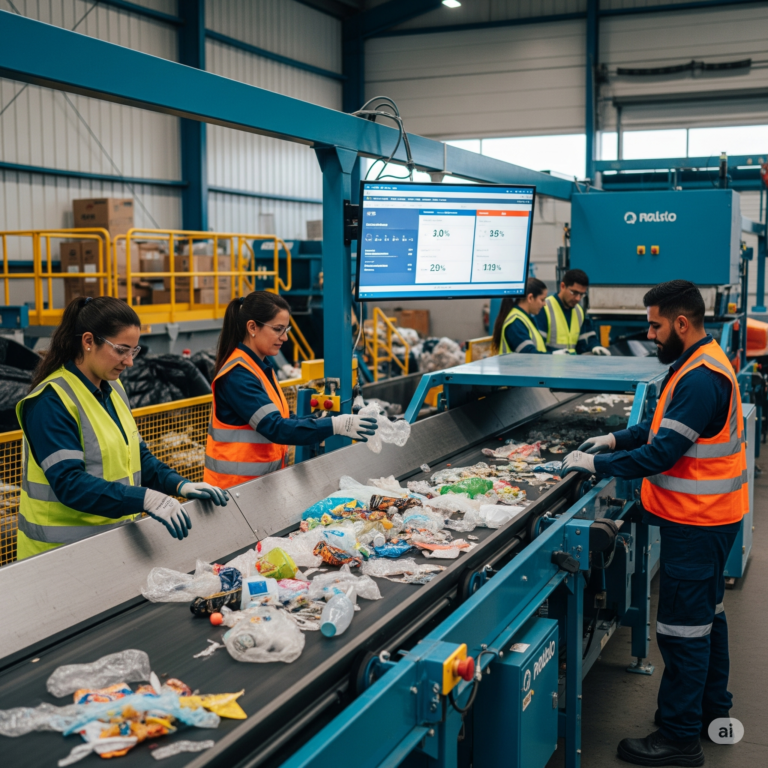
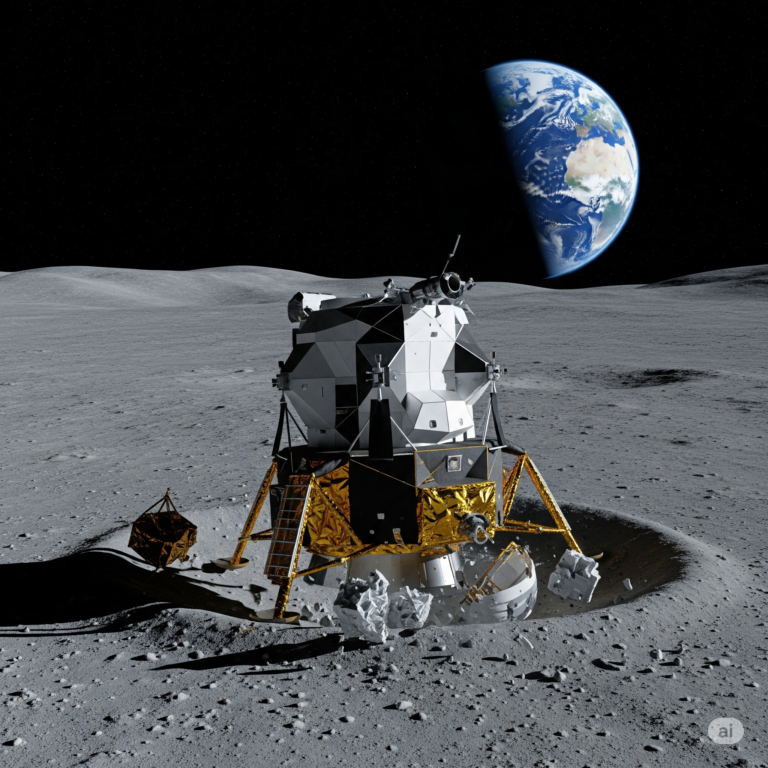
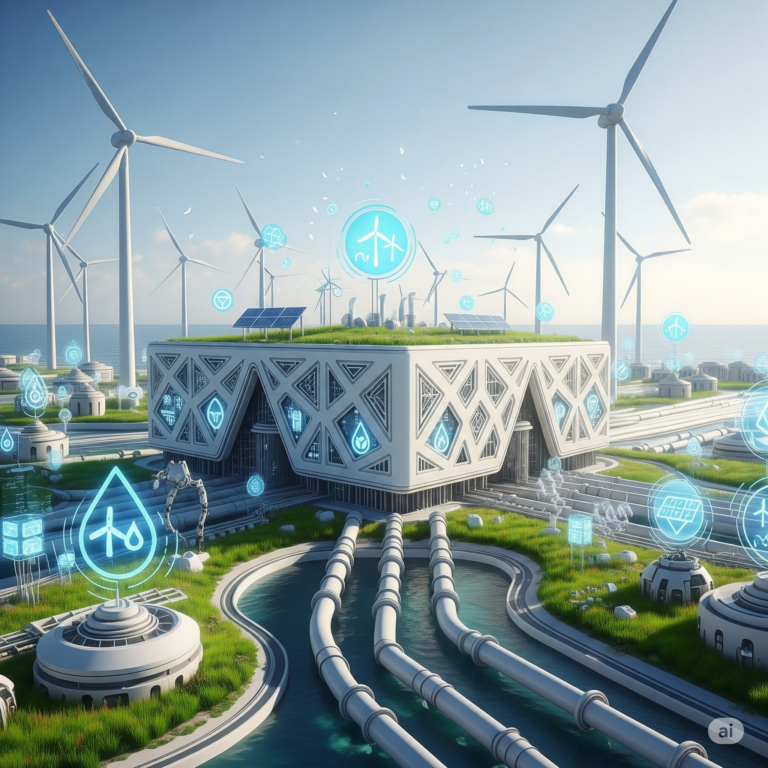
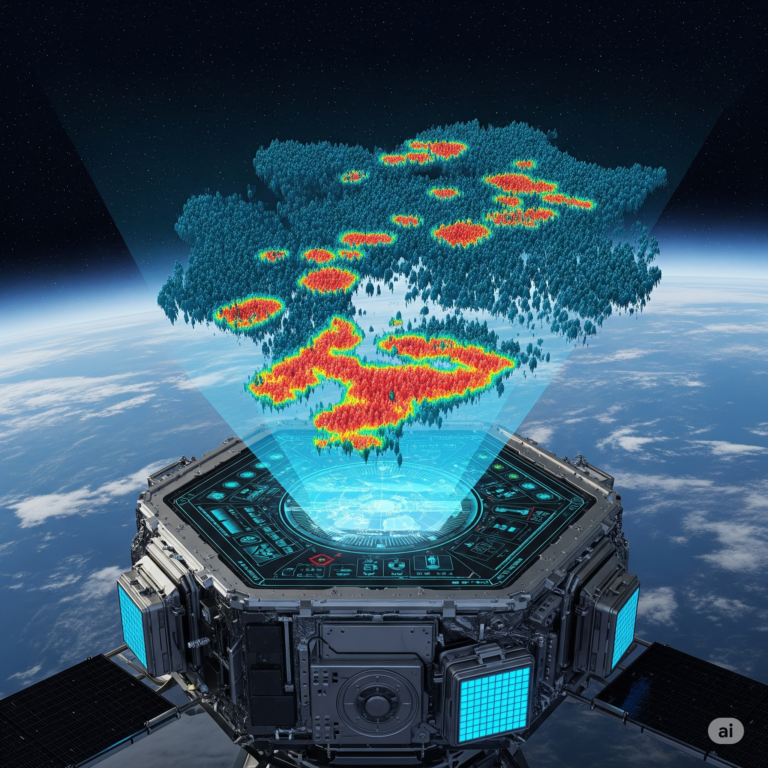


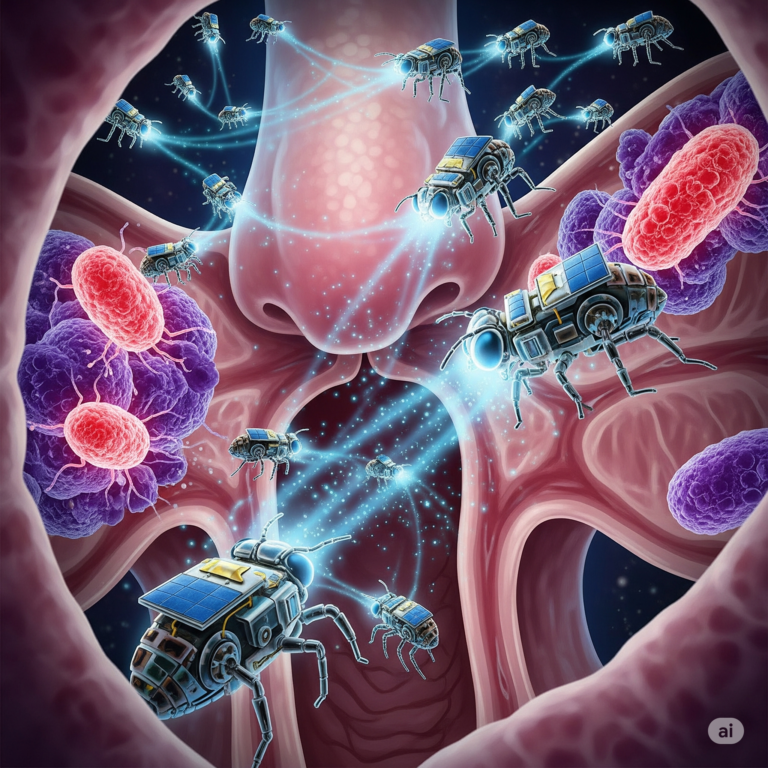
+ There are no comments
Add yours